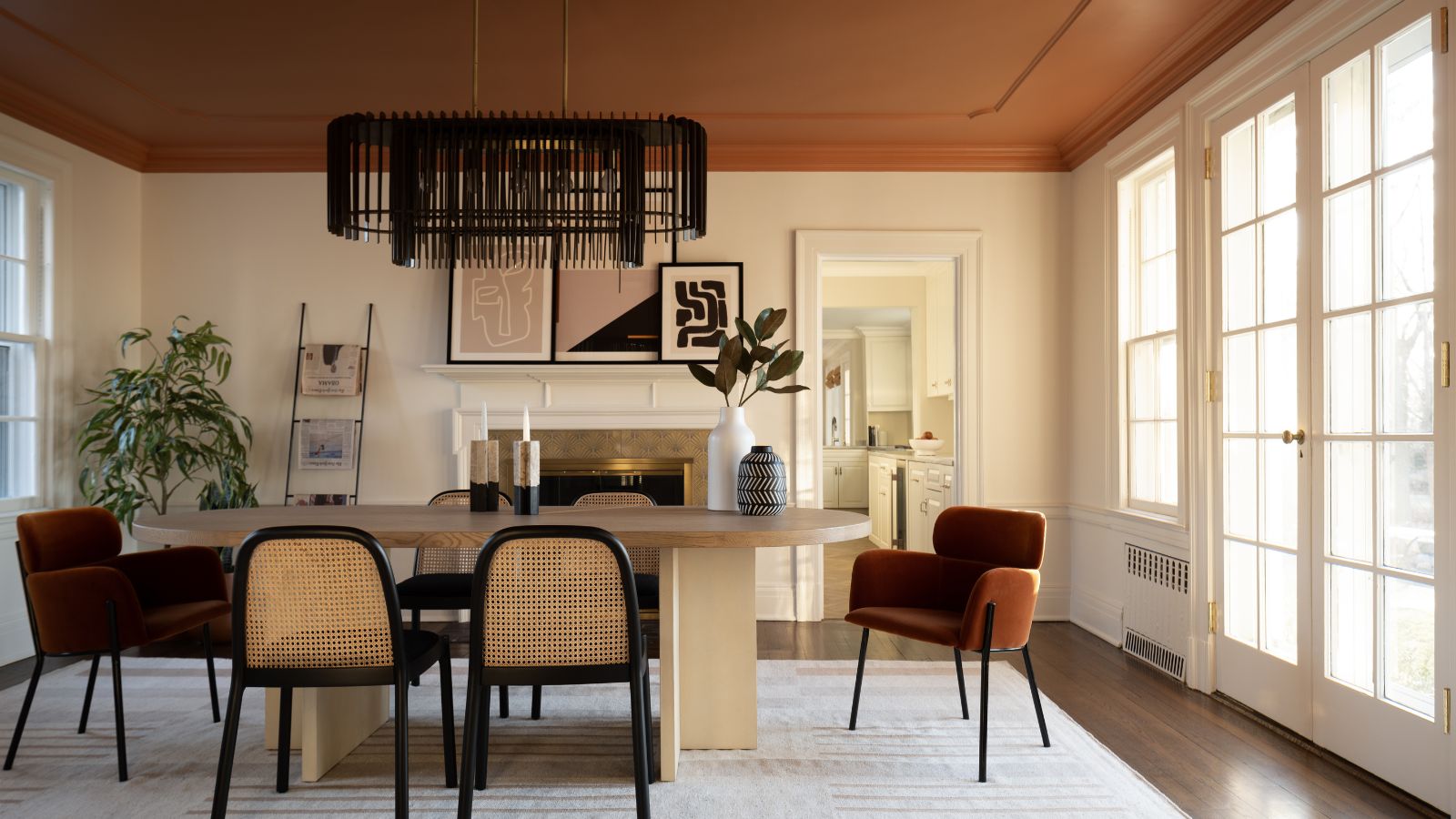
Crown molding is a traditional architectural feature that's been used in home design for hundreds of years. Acting as the divider between the wall and ceiling, crown molding elevates a room, 'crowning' it with ornate lines or intricately carved motifs.
Recently, we have been posed the question, both from readers and within our own design team, is crown molding still in style? Based on the beautiful projects that cross our desks, plus all the key design trends for this year point towards adding more character, more ornate details to your home, we are inclined to say yes.
But we still wanted to get some designer opinion to back us up, and find out if this classic ceiling trim idea is still a timeless choice, no matter what the style or era of your home. So we spoke with interior designers to find out what they think of this design debate. Spoiler, they all agree it will never be out of style and here's why...
1. Crown molding adds depth and character
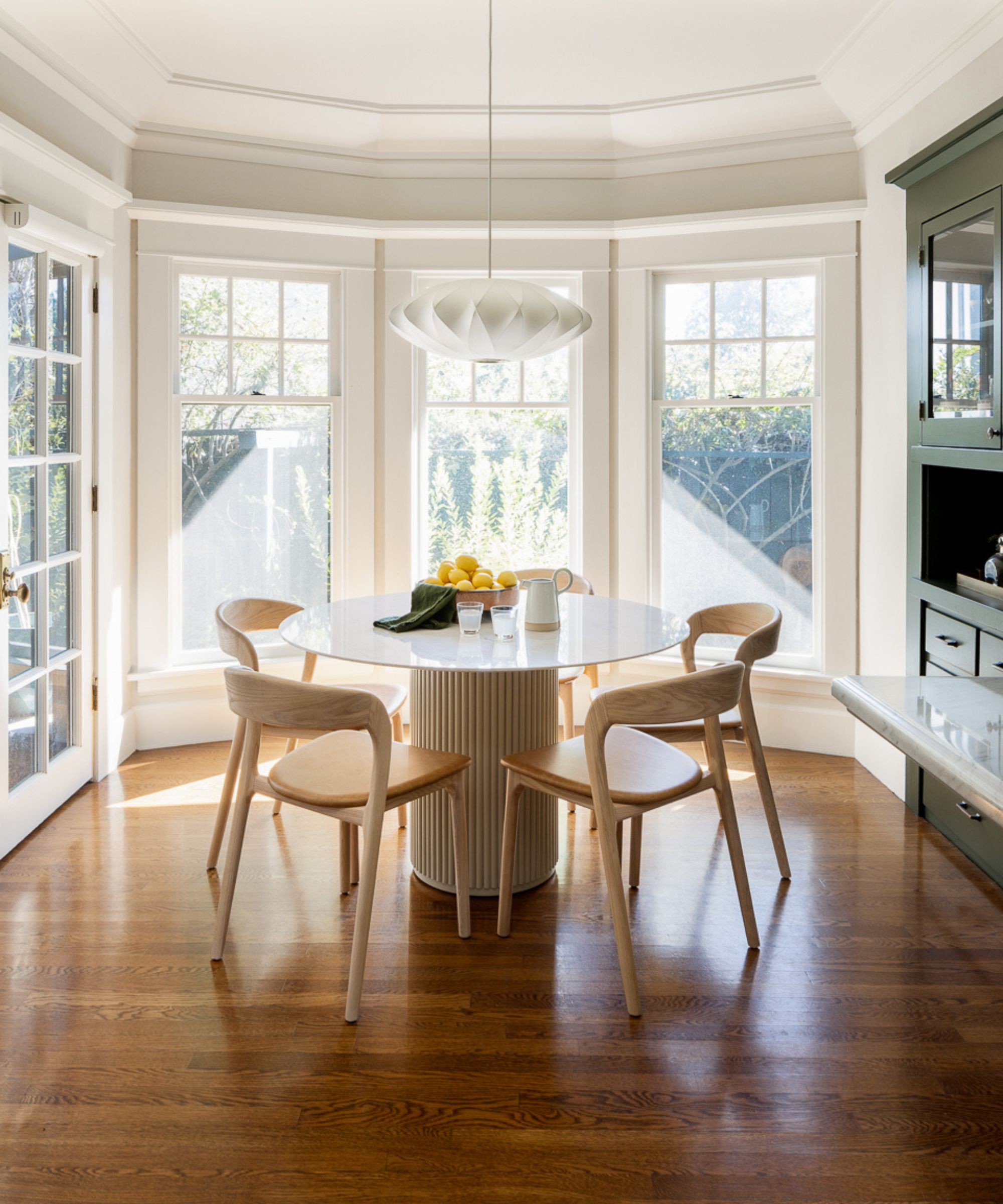
We first spoke with designer Mollie Ranize, founder of DMar Interiors, whose portfolio is filled with beautiful projects, both old and new, each with a slight modern California twist. Despite her more contemporary style, she is all for reserving and adding character to a home and claims crown molding is still in style.
'Crown molding is far from outdated,' says Mollie. 'In fact, depending on a home's architecture, it can be an essential design element. It adds depth and character, working alongside other mouldings and trim to reinforce specific architectural styles. While modern, Spanish, or Mediterranean-style homes may not require it, crown moulding is a must-have for any space with traditional roots.' You can, of course, use it in the right modern space, especially if you want to make your home feel older.
2. It's a feature that's both trendy and timeless
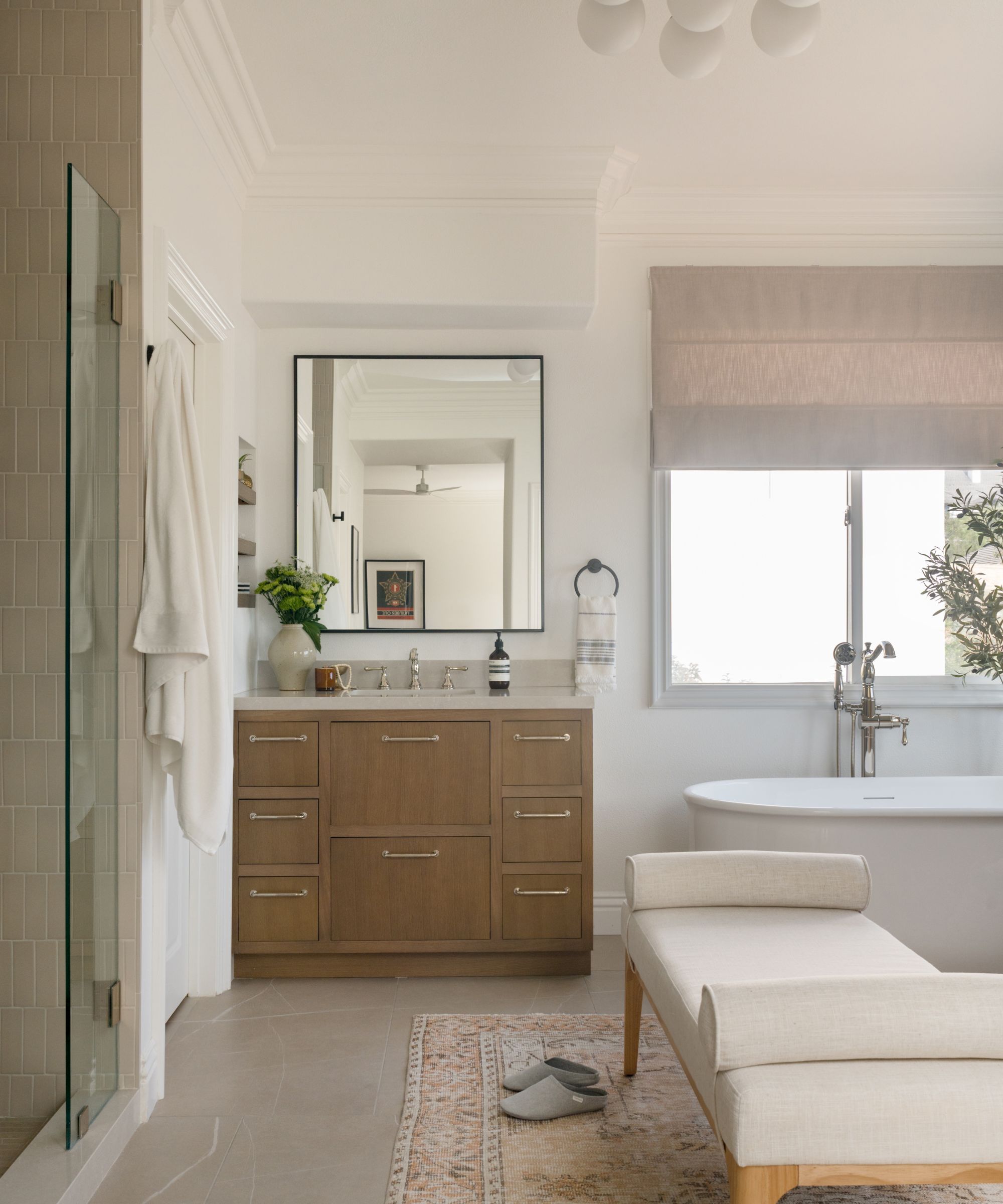
Tim Adams of T.S. Adams Studio Architects agrees that crown moldings are such a classic design feature that they will never date, even as trends change, although he does note that they seem to be particularly fitting with interior design trends happening right now.
He explains, 'I feel that crown molding and more detail is trending forward. Somewhat along the lines of ornate wallcoverings finishes.' Expanding on the ceiling idea, Tim continues, 'We draw from historical references and utilize architectural design inspiration to influence our approach. Additionally, it is important to understand the proportion of the space and how the molding elements (be it crown molding, ceiling paneling, and other details) have an impact on this. Ultimately, we start with historic precedent and then infuse this into our interior detailing.'
3. It has a practical purpose too
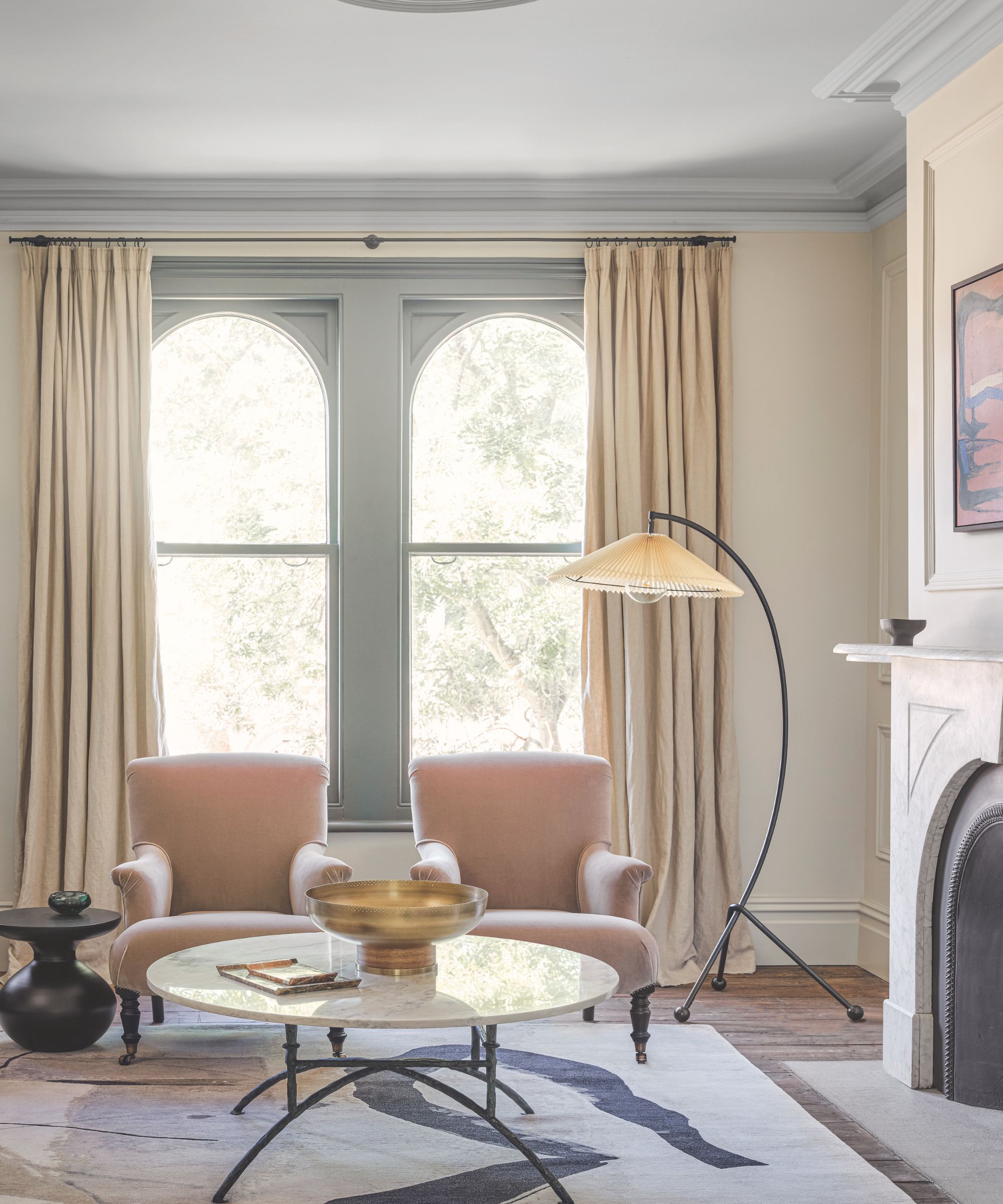
Douglas Wright of Douglas Wright Architects believes crown molding is still in style, not just because of its aesthetics but because of the practical role it has to play too.
He adds, 'I don’t believe crown molding will ever go out of style because it remains a fundamental element in construction and design. It serves both a practical and aesthetic purpose, seamlessly bridging the gap between walls and ceilings while adding character to a home.'
4. Crown molding can work with many styles
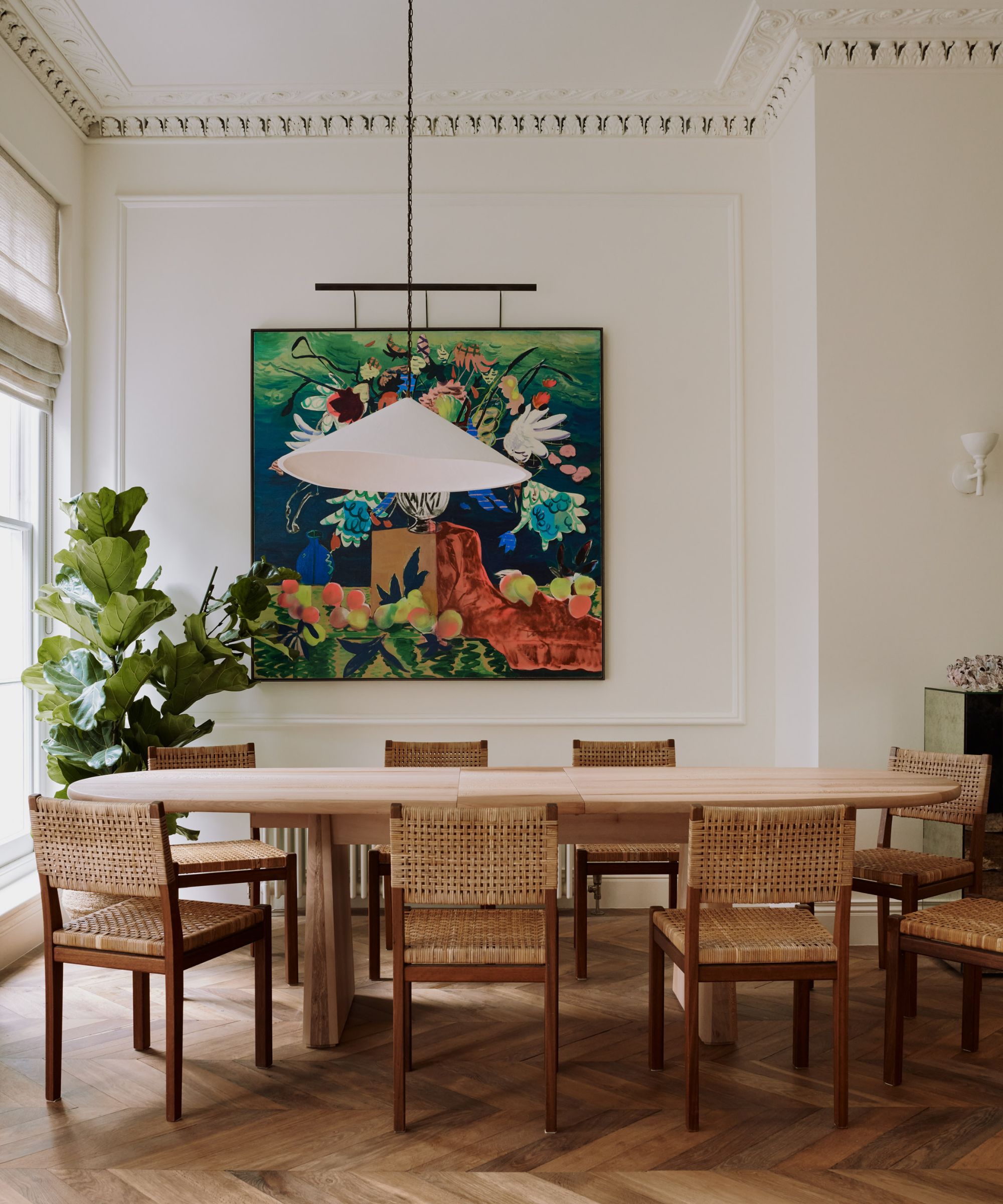
'Crown moldings are incredibly versatile, adapting to a range of interior design styles – from intricate, ornamented designs to simple, understated profiles,' Douglas continues, making the argument that despite their connotations with more period homes, they work in a range of house styles.
'In one seacoast home, for example, we used delicate moldings to create a subtle early 20th-century feel. Traditional craftsmen have long relied on them to conceal joints and shadow lines, a function that remains relevant today.'
Douglas adds, 'While modern design sometimes omits crown molding, that choice reflects a distinct architectural approach rather than a decline in its use. As long as rooms are built with separate walls and ceilings, crown molding will continue to be an essential tool for designers and architects.'
Interior designer Nina Lichtenstein agrees that crown molding isn't just for more traditional homes. 'In fact, it’s making a comeback in both traditional and contemporary spaces. The key is in how it’s applied.'
Nina continues that crown molding can be an easy way to add character to a room that doesn't have any. 'Modern crown molding doesn’t need to be elaborate. Instead, it can be sleek with clean lines, making it a great fit for minimalist designs while still offering the timeless charm that has always made it a classic feature. For those drawn to rustic design, crown molding can also be adapted to suit more natural, earthy spaces, adding subtle character that enhances the overall warmth of the room.'
5. It finishes off a space
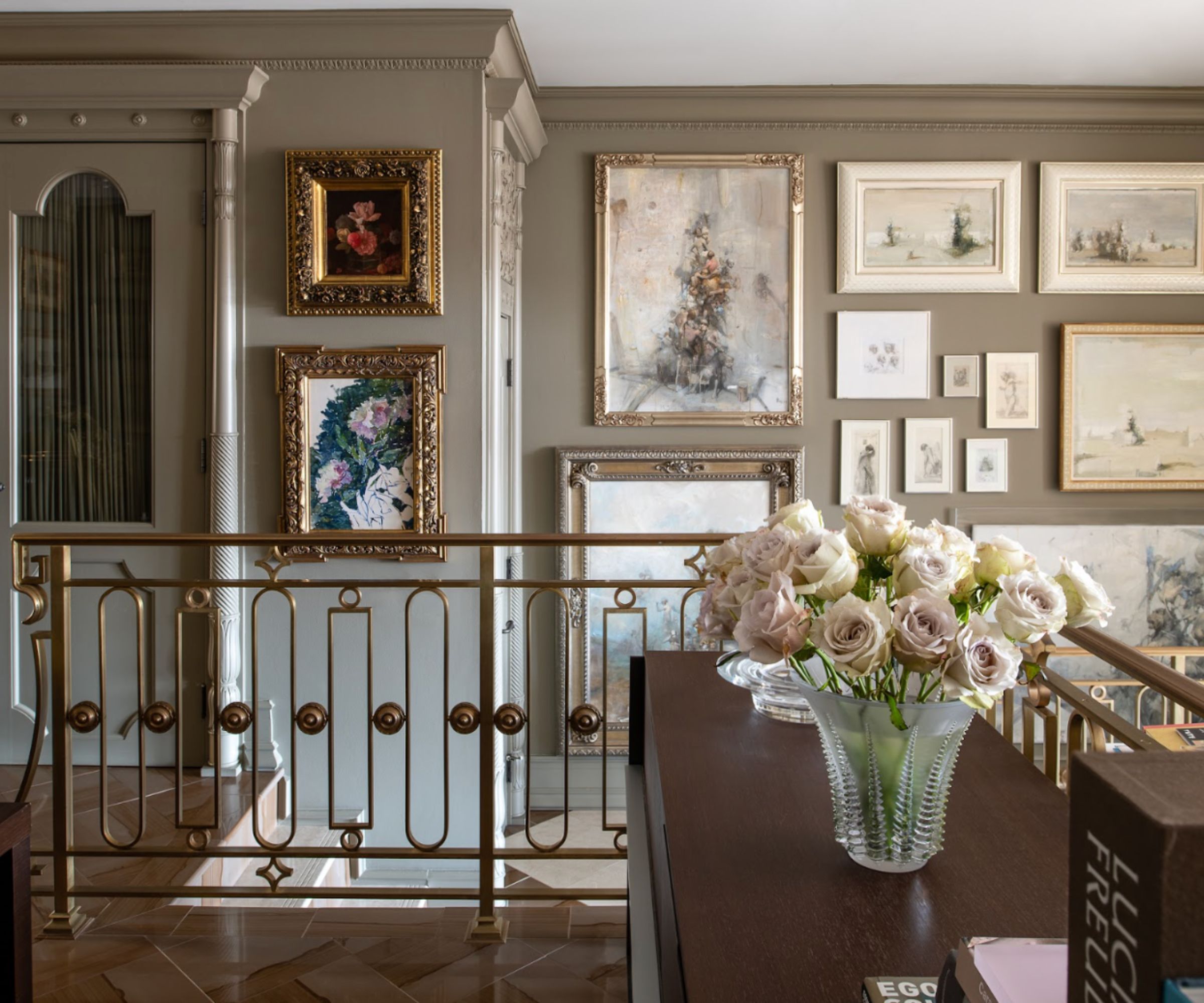
Decorative molding is something you might not notice in a room, until you see a room without it. It's the interior design equivalent of not accessorizing, it finishes off a room. And you can pick from so many designs depending on the impact you want it to have on the room. Do you want it to just tidy up your room's edges, or do you want it to become a dominant design feature?
As Douglas explains, 'I use the crown molding as a natural cap for the space. Sometimes it's very narrow and snaps the design into place; sometimes it is highly ornamented. But in both cases, it continues and reinforces the overall idea of the space.'
'The most fun crown moldings to design are those that are highly ornamented and theme a room. Examples are seasons, the client's interests, the designer's or architect's interests, or references to items the owner collects. The designs of crown moldings can be infinite and widely varied.'
Interior designer and gallerist James Yarosh agrees, explaining 'A well-considered molding provides a strong foundation for interior design and shapes the character of a space. The crown, casing, and base elements act as architectural “bones,” that provide a cohesive framework for the overall design vision.'
'Crown molding can be an important element for both modern and traditional design, and is relevant even when it is not included. A large crown molding can visually expand a ceiling height by drawing the eye upward. Curved walls gain emphasis through a crown that mirrors their contours.'
The verdict is definitely that crown molding isn't a ceiling mistake to avoid. Designers all agree that crown molding is still in style and will continue to be forevermore. As a general rule, when it comes to original architectural features, like crown molding, it's likely that they will never fall out of style. Our advice is if you have original features in your home, keep them! Tastes and trends may change, but classic features will never date.







